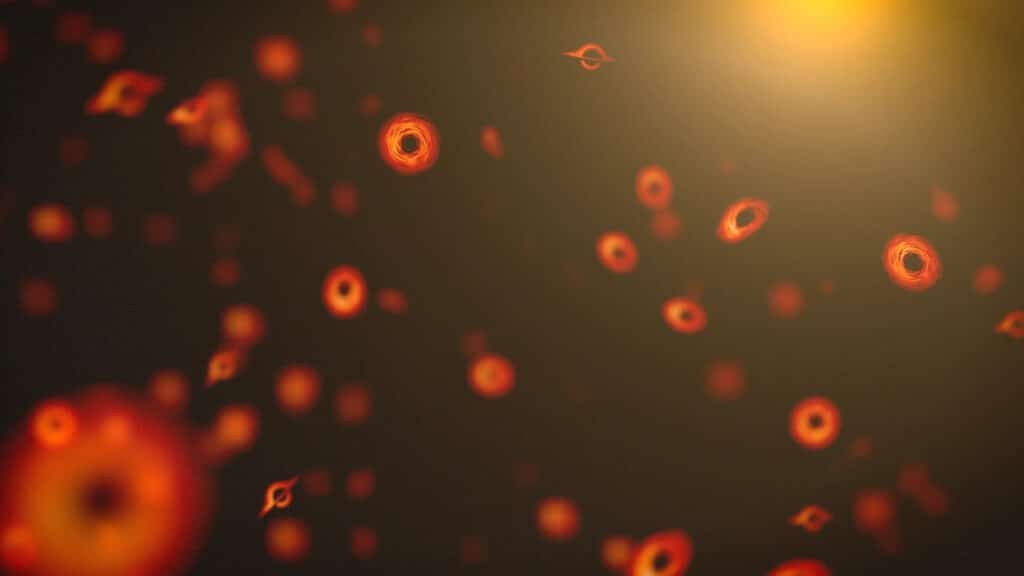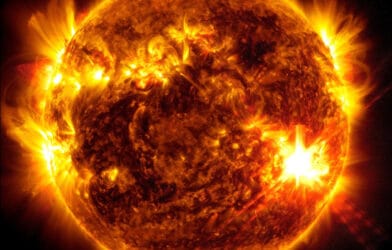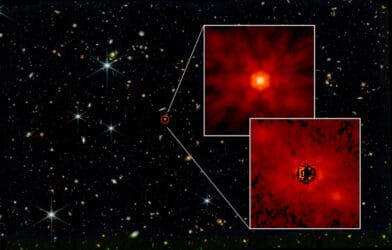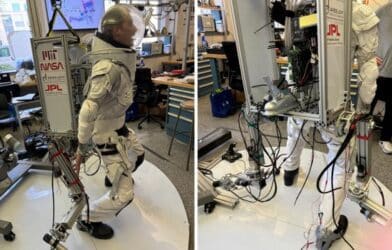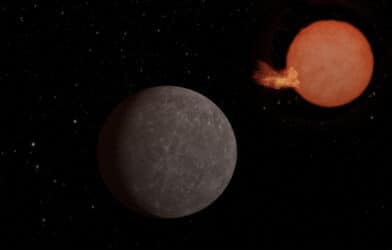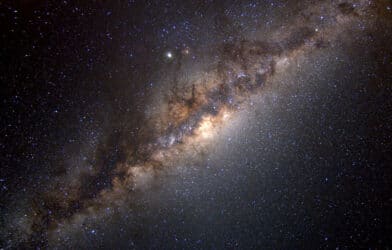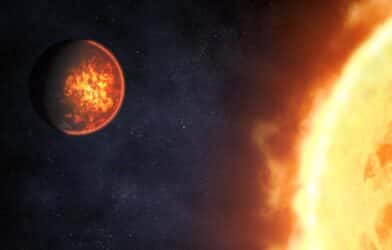In the vast expanse of the universe, black holes are among the most fascinating and enigmatic objects. These cosmic behemoths, born from the collapse of massive stars or the merging of heavy objects, have captivated astronomers for decades. Now, a group of scientists has predicted that NASA’s upcoming Nancy Grace Roman Space Telescope could uncover a new class of “featherweight” black holes that have so far evaded detection.
These tiny, primordial black holes are thought to have formed in the chaotic early moments of the universe, and their discovery could revolutionize our understanding of both astronomy and particle physics.
“Detecting a population of Earth-mass primordial black holes would be an incredible step for both astronomy and particle physics because these objects can’t be formed by any known physical process,” says lead study author William DeRocco, a postdoctoral researcher at the University of California-Santa Cruz. “If we find them, it will shake up the field of theoretical physics.”
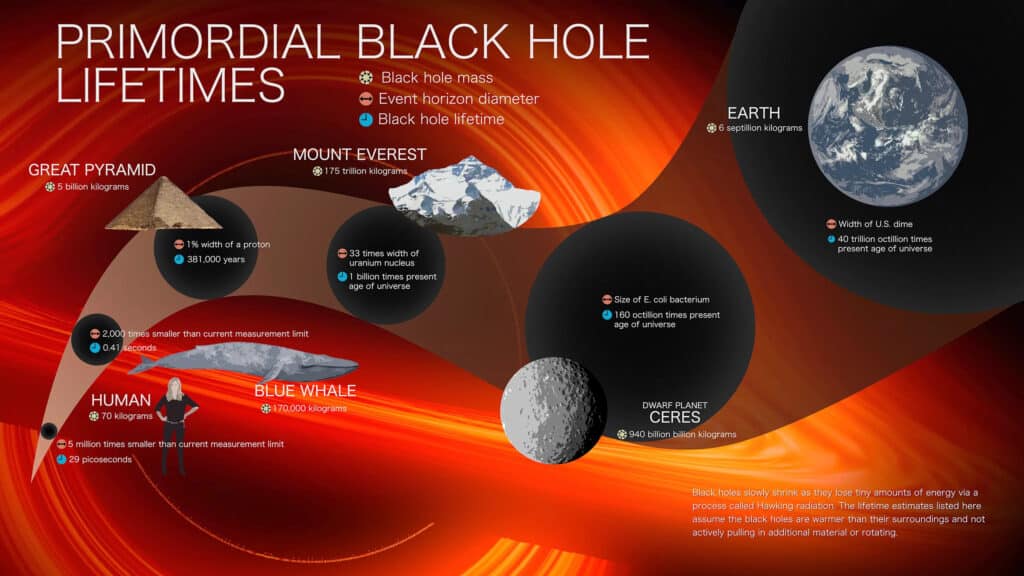
The results have been published in the journal Physical Review D.
The Recipe for Primordial Black Holes
While modern black holes form from the collapse of massive stars or the merging of heavy objects, these primordial black holes are believed to have formed under the unique conditions of the early universe. Scientists think that during a brief but intense phase known as inflation, when space expanded faster than the speed of light, areas denser than their surroundings may have collapsed to form low-mass primordial black holes, some even as small as Earth.
The discovery of these tiny objects would have far-reaching implications for our understanding of the universe.
“It would affect everything from galaxy formation to the universe’s dark matter content to cosmic history,” notes Kailash Sahu, an astronomer at the Space Telescope Science Institute in Baltimore, who was not involved in the study. “Confirming their identities will be hard work and astronomers will need a lot of convincing, but it would be well worth it.”
Observations have already provided hints that these primordial black holes may be lurking in our galaxy. While they are invisible, their presence can be detected through a phenomenon called microlensing, where the mass of an object warps the fabric of space-time, causing the light from a background star to be amplified and focused.
Separate groups of astronomers using data from the Microlensing Observations in Astrophysics (MOA) collaboration and the Optical Gravitational Lensing Experiment (OGLE) have found an unexpectedly large population of isolated Earth-mass objects. These observations suggest that there are more Earth-mass objects drifting through the galaxy than current planet formation and evolution theories predict.
Power of the Roman Space Telescope
While it’s impossible to distinguish between Earth-mass black holes and rogue planets on a case-by-case basis, scientists expect the Nancy Grace Roman Space Telescope to find 10 times as many objects in this mass range than ground-based telescopes.
“Roman will be extremely powerful in differentiating between the two statistically,” says DeRocco.
By determining how many rogue planets should exist in this mass range and comparing it to the number of objects Roman detects, scientists hope to identify the presence of primordial black holes. The discovery of these tiny cosmic objects would provide new insights into the very early universe and strongly suggest that an early period of inflation did indeed occur. It could also explain a small percentage of the mysterious dark matter that is thought to make up the bulk of our universe’s mass.
“This is an exciting example of something extra scientists could do with data Roman is already going to get as it searches for planets,” concludes Sahu. “And the results are interesting whether or not scientists find evidence that Earth-mass black holes exist. It would strengthen our understanding of the universe in either case.”
